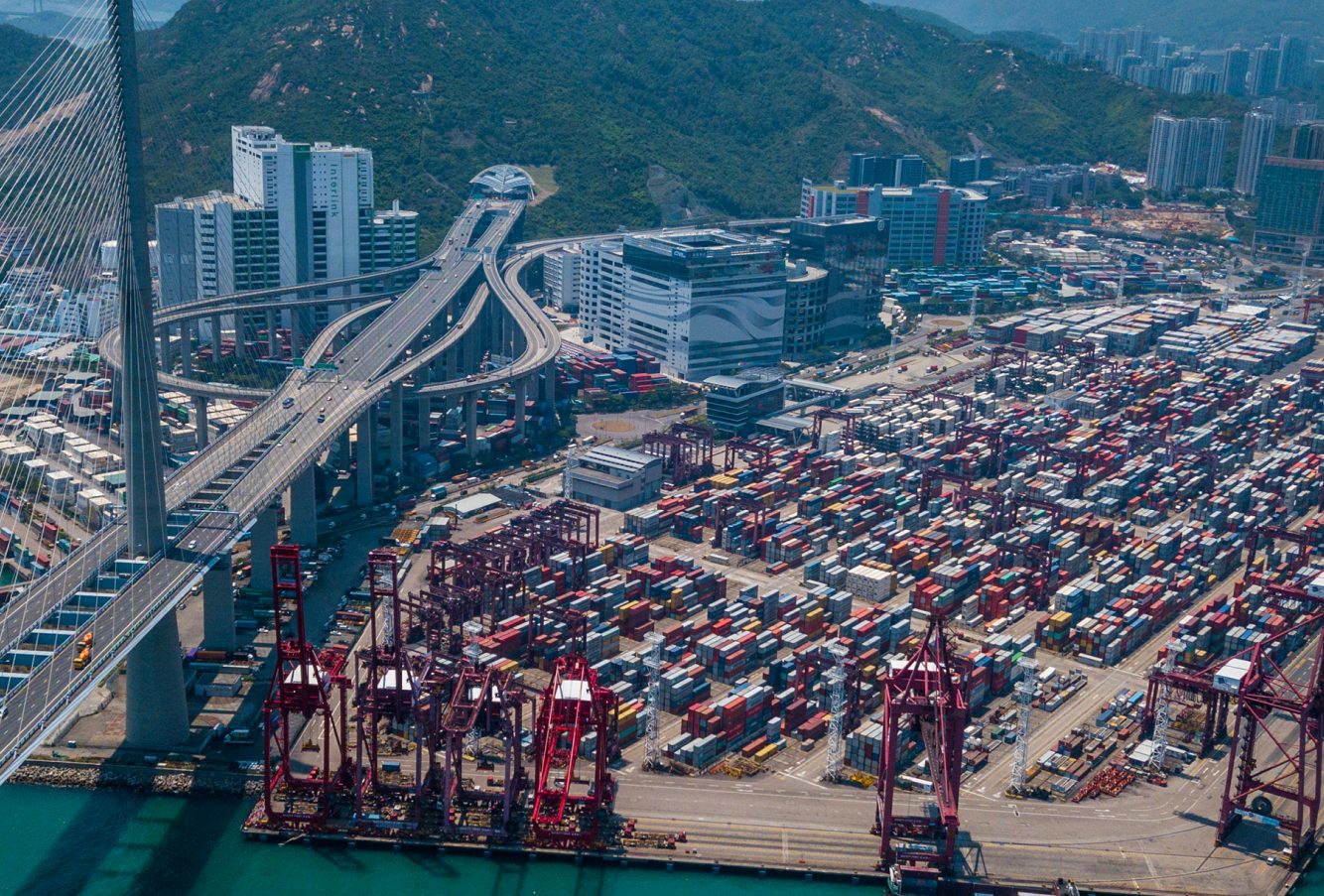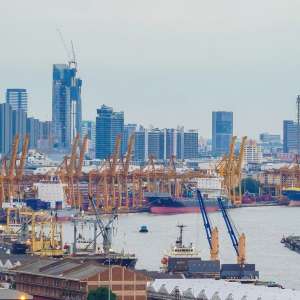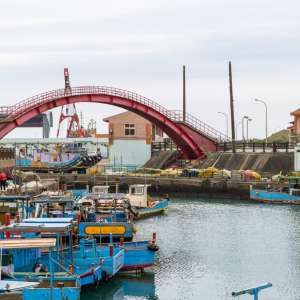A Comprehensive Guide to Shipping from Nansha Ocean Port to Cambodia
Latest update on 1 August, 2024 by Angelina Pang– Marketing Analyst at FreightAmigo
International shipping is a complex and challenging task, especially when dealing with port operations, customs regulations and logistical considerations.
Nansha Seaport, located in Guangzhou City, is one of China’s major ports and serves as an important hub for international trade. Shipping goods to Cambodia, Southeast Asia’s rapidly growing economy, offers many opportunities for businesses looking to expand their markets. In this guide, FreightAmigo aims to provide a comprehensive overview of the shipping process for shipping from Nansha port to Cambodia, highlighting key steps and best practices to ensure a smooth and efficient shipping experience.
Want to Instantly Compare International Express, Air, Sea, Rail Freight And Truck Logistics Management Solutions To Control Transportation Cost?
Overview of Nansha Ocean Port
Nansha Ocean Port is strategically situated at the mouth of the Pearl River Delta, making it an ideal gateway for international shipping. The port is well-equipped with modern facilities, including deep-water berths, advanced cargo handling equipment, and extensive warehousing capabilities. Its connectivity to major shipping routes and proximity to manufacturing hubs in southern China make it a pivotal point for exporting goods.
The port operates several terminals, each specializing in different types of cargo, such as containers, bulk cargo, and vehicles. This specialization ensures efficient handling and minimizes delays. Key features of Nansha Ocean Port include:
- Extensive Infrastructure: The port boasts state-of-the-art infrastructure, including automated container handling systems and large-scale storage facilities.
- Efficient Customs Procedures: Nansha Port is known for its streamlined customs processes, which facilitate quick clearance and reduce bottlenecks.
- Connectivity: The port is well-connected to inland transport networks, including highways and railways, enabling seamless movement of goods to and from the port.
Understanding these features is crucial for businesses to effectively plan their shipping operations and leverage the port’s capabilities to their advantage.
Shipping Procedures from Nansha to Cambodia
Shipping from Nansha Ocean Port to Cambodia involves several key steps, each requiring careful attention to detail to ensure a successful shipment. Below is a step-by-step outline of the typical shipping process:
Planning and Documentation
- Identify the Type of Cargo: Determine the nature of the goods being shipped and their specific requirements (e.g., temperature control for perishables).
- Obtain Necessary Permits and Licenses: Ensure all required permits and licenses are in place, including export licenses and certificates of origin.
- Prepare Shipping Documents: This includes the Bill of Lading, commercial invoice, packing list, and any other relevant documents.
Booking and Pre-Shipment Arrangements
- Select a Shipping Line: Choose a reputable shipping line that offers services from Nansha to Cambodian ports such as Sihanoukville or Phnom Penh.
- Book Cargo Space: Reserve space on the chosen vessel in advance to secure shipping slots and avoid delays.
- Arrange for Pre-Shipment Inspection: Some goods may require inspection before shipment, so coordinate with inspection agencies if necessary.
Loading and Departure
- Transport Goods to Nansha Port: Arrange for the transportation of goods from the warehouse or production facility to Nansha Port.
- Customs Clearance: Complete customs clearance procedures at Nansha Port, ensuring all documentation is accurate and in order.
- Loading onto Vessel: Oversee the loading of goods onto the vessel, ensuring proper handling and stowage to prevent damage during transit.
Transit and Arrival in Cambodia
- Monitor Shipment: Track the shipment during transit to stay informed about its progress and anticipate any potential issues.
- Customs Clearance in Cambodia: Upon arrival at a Cambodian port, complete customs clearance procedures, paying attention to local regulations and requirements.
- Delivery to Final Destination: Arrange for the transportation of goods from the port to the final destination, whether it be a warehouse, distribution center, or end customer.
By following these steps diligently, businesses can mitigate risks and ensure their goods reach Cambodia safely and on time.
Regulatory and Compliance Considerations
Compliance with regulatory requirements is a critical aspect of international shipping. Both China and Cambodia have specific regulations that must be adhered to, and failure to comply can result in delays, fines, or even confiscation of goods. Key considerations include:
- Export Regulations in China: Ensure all exports comply with Chinese export control laws, including obtaining necessary export permits and adhering to restrictions on certain goods.
- Import Regulations in Cambodia: Familiarize yourself with Cambodian import regulations, including tariff classifications, import licenses, and any restrictions or prohibitions on specific goods.
- Customs Documentation: Accurate and complete documentation is essential for smooth customs clearance. Double-check all documents for accuracy and completeness before submission.
- Tariffs and Duties: Be aware of the tariffs and duties applicable to your goods in Cambodia. Proper classification and valuation of goods can help minimize customs duties and taxes.
Staying informed about regulatory changes and maintaining good communication with customs authorities can help businesses navigate compliance challenges effectively.
Best Practices for Successful Shipping
To optimize the shipping process and ensure a successful outcome, businesses should adopt best practices that enhance efficiency and reduce risks. Some recommended practices include:
- Partner with Reputable Service Providers: Work with experienced freight forwarders, shipping lines, and customs brokers who have a proven track record in handling shipments from Nansha to Cambodia.
- Use Technology for Tracking and Management: Leverage technology solutions for real-time tracking of shipments, inventory management, and communication with stakeholders.
- Plan for Contingencies: Anticipate potential disruptions, such as weather-related delays or port congestion, and have contingency plans in place to mitigate their impact.
- Ensure Proper Packaging: Use appropriate packaging materials and techniques to protect goods during transit, especially for fragile or high-value items.
- Stay Informed About Market Trends: Keep abreast of market trends and shipping industry developments to make informed decisions and stay competitive.
By implementing these best practices, businesses can enhance their shipping operations and achieve greater reliability and efficiency.
Conclusion
Shipping from Nansha Ocean Port to Cambodia offers significant opportunities for businesses looking to expand their market reach. By understanding the features of Nansha Port, following the outlined shipping procedures, adhering to regulatory requirements, and adopting best practices, businesses can navigate the complexities of international shipping with confidence.
Successful shipping requires meticulous planning, attention to detail, and collaboration with experienced partners. By partnering with FreightAmigo, companies can ensure that their goods arrive in Cambodia efficiently, safely and in compliance with all regulatory requirements, opening a new path to growth and success.
If you are looking for logistics experts, please visit FreightAmigo Page
If you have any inquiries on logistics / supply chain, feel free to contact FreightAmigo now:
Chat with us online | Hotline: +852 28121686 | WhatsApp: +852 27467829










































